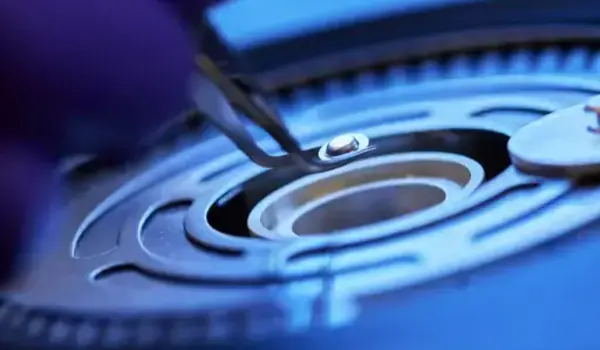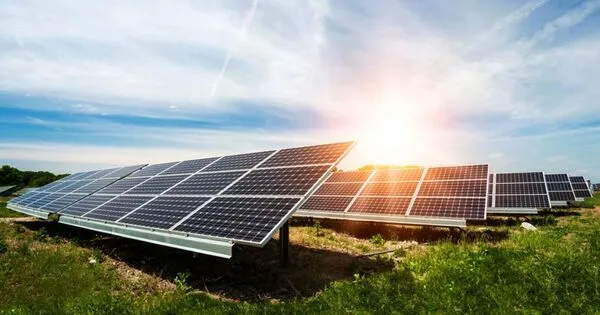Precious metals can be efficiently recovered from thin-film solar cells using a new method. According to new research from Chalmers University of Technology in Sweden. The method is also more environmentally friendly than previous recycling methods, paving the way for more flexible and efficient solar cells.
There are two main types of solar cells available today. The most common and accounting for 90% of the market is silicon-based. The other type is thin-film solar cells, which use three main sub-technologies, one of which is called CIGS (Copper Indium Gallium Selenide) and consists of a layer of various metals, including indium and silver. Thin-film solar cells are by far the most efficient of the commercially available technologies available today. They can also be made bendable and adaptable, which means that they can be used in many different areas.
The issue is that indium and silver are in high demand, and increased production is accompanied by an increase in production waste, which contains a mixture of valuable metals and hazardous substances. The ability to separate attractive metals from other substances becomes extremely valuable as a result, both economically and environmentally, because they can be reused in new products.
It is crucial to remove any contamination and recycle, so that the material becomes as clean as possible again. Until now, high heat and a large amount of chemicals have been used to succeed, which is an expensive process that is also not environmentally friendly.
Ioanna Teknetzi
“It is crucial to remove any contamination and recycle, so that the material becomes as clean as possible again. Until now, high heat and a large amount of chemicals have been used to succeed, which is an expensive process that is also not environmentally friendly,” says Ioanna Teknetzi, PhD student at the Department of Chemistry and Chemical Engineering, who together with Burcak Ebin and Stellan Holgersson published the new results in the journal Solar Energy Materials and Solar Cells.
Their research now indicates that a more environmentally friendly recycling process can achieve the same results.
“We studied how to separate the metals in thin-film solar cells in acidic solutions in a much ‘kinder’ way using a method called leaching, taking into account both purity and environmentally friendly recycling conditions.” We must use chemicals as well, but not nearly as much as in previous leaching methods. “To ensure the purity of the recovered indium and silver, we measured the concentrations of potential impurities and discovered that optimization can reduce these,” says Ioanna Teknetzi.

Gentle method allows for eco-friendly recycling of solar cells
The researchers showed that it is possible to recover 100 percent of the silver and about 85 percent of the indium. The process takes place at room temperature without adding heat.
“It takes one day, which is slightly longer than traditional methods, but with our method, it becomes more cost-effective and better for the environment. Our hopes are that our research can be used as a reference to optimise the recycling process and pave the way for using the method on a larger scale in the future,” says Burcak Ebin.
The method
1. The solar cell film is examined for material, chemical composition, particle size, and thickness. The solar cell is immersed in an acid solution at the desired temperature. Agitation is used to aid metal dissolution in acid solutions. This is known as leaching.
2. Leaching effectiveness and chemical reactions are evaluated by analyzing samples collected at various stages of the leaching process. Different metals leach at different rates. This means that the process can be stopped before all of the metals dissolve, which contributes to higher purity.
3. When the leaching is complete, the desired metals are in the solution in the form of ions and can be easily purified to be reused in the manufacture of new solar cells.





